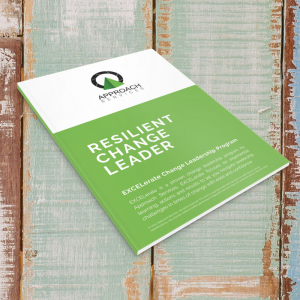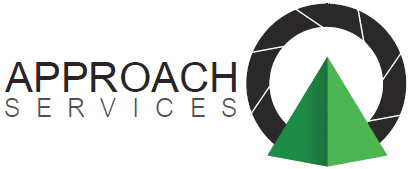Sub-Total: $0.00
EXCELerate Resilient Change Leader

In this 2 hour course, you will work through 5 micro-lessons to learn the steps you need to take to adapt long-term to an ever-changing environment.
You will practice:
- vision board & visualisation walk
- tuning into different motivational styles
- Rapid Change Planning

